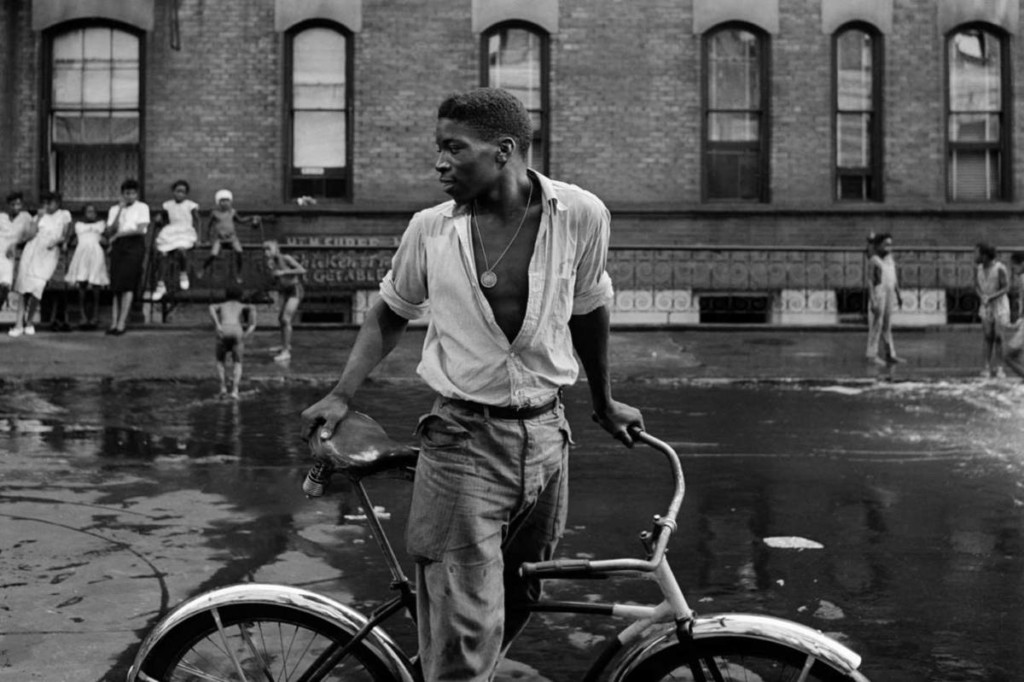Framing Streets for Beginners
Framing Streets for Beginners
Blog Article
How Framing Streets can Save You Time, Stress, and Money.
Table of ContentsThe Ultimate Guide To Framing StreetsNot known Incorrect Statements About Framing Streets The Best Strategy To Use For Framing StreetsTop Guidelines Of Framing StreetsUnknown Facts About Framing StreetsTop Guidelines Of Framing Streets
, usually with the aim of capturing pictures at a crucial or emotional moment by cautious framework and timing. https://445msov26n7.typeform.com/to/G0aYLLMd.
What Does Framing Streets Do?
Susan Sontag, 1977 Road photography can concentrate on people and their actions in public. In this respect, the road professional photographer resembles social documentary digital photographers or photojournalists who likewise work in public areas, however with the aim of recording newsworthy occasions. Any of these photographers' images may capture individuals and property noticeable within or from public locations, which often requires navigating honest issues and legislations of personal privacy, security, and building.
Representations of day-to-day public life develop a category in nearly every period of world art, starting in the pre-historic, Sumerian, Egyptian and very early Buddhist art periods. Art handling the life of the road, whether within sights of cityscapes, or as the dominant motif, appears in the West in the canon of the Northern Renaissance, Baroque, Rococo, of Romanticism, Realism, Impressionism and Post-Impressionism.
Framing Streets Can Be Fun For Everyone
Louis Daguerre: "Boulevard du Temple" (1838 or 1839) In 1838 or 1839 the very first picture of figures in the street was taped by Louis-Jacques-Mand Daguerre in one of a set of daguerreotype views extracted from his studio home window of the Boulevard du Holy place in Paris. The second, made at the height of the day, shows an uninhabited stretch of street, while the other was taken at about 8:00 am, and as Beaumont Newhall records, "The Boulevard, so frequently loaded with a moving crowd of pedestrians and carriages was completely solitary, except a person who was having his boots cleaned.
His boots and legs were well defined, however he is without body or head, due to the fact that these were in activity." Charles Ngre, waterseller Charles Ngre. https://davidturley33101.wixsite.com/my-site/post/framing-streets-mastering-the-art-of-street-photography was the first digital photographer to achieve the technological elegance called for to register people in motion on the road in Paris in 1851. Professional Photographer John Thomson, a Scotsman functioning with journalist and social lobbyist Adolphe Smith, released Road Life in London in twelve month-to-month installments starting in February 1877
The 10-Second Trick For Framing Streets
Eugene Atget is considered as a progenitor, not due to the fact that he was the very first of his kind, yet as a result of the popularisation in the late 1920s of his record of Parisian streets by Berenice Abbott, that was inspired to carry out a similar documents of New york city City. [] As the city created, Atget helped to advertise Parisian streets as a deserving topic for digital photography.

The 15-Second Trick For Framing Streets
Martin is the very first tape-recorded photographer to do so in London with a disguised camera. Mass-Observation was a social research organisation established in 1937 which aimed to videotape everyday life in Britain and to tape-record the reactions of the 'man-in-the-street' to King Edward VIII's abdication in 1936 to marry divorce Wallis Simpson, and the succession of George VI. The principal Mass-Observationists were anthropologist Tom Harrisson in Bolton and poet Charles Madge in London, and their very first report was generated as the publication "May the Twelfth: Mass-Observation Day-Surveys 1937 by over two hundred onlookers" [] Window cleaner at Kottbusser Tor, Berlin, by Elsa Thiemann c. 1946 The post-war French Humanist College photographers discovered their topics on the road or in the bistro. Andre Kertesz.'s extensively appreciated Images la Sauvette (1952) (the English-language edition was titled The Definitive Minute) advertised the idea of taking an image at what he labelled the "definitive minute"; "when kind and content, vision and structure merged right into a transcendent whole" - Lightroom presets.
A Biased View of Framing Streets
, after that a teacher of young Read Full Report children, associated with Evans in 193839.'s 1958 publication,, was substantial; raw and commonly out of emphasis, Frank's pictures examined mainstream digital photography of the time, "tested all the formal guidelines laid down by Henri Cartier-Bresson and Pedestrian Evans" and "flew in the face of the wholesome pictorialism and wholehearted photojournalism of American magazines like LIFE and Time".
Report this page